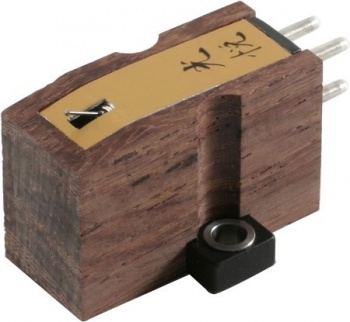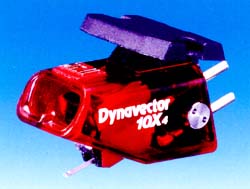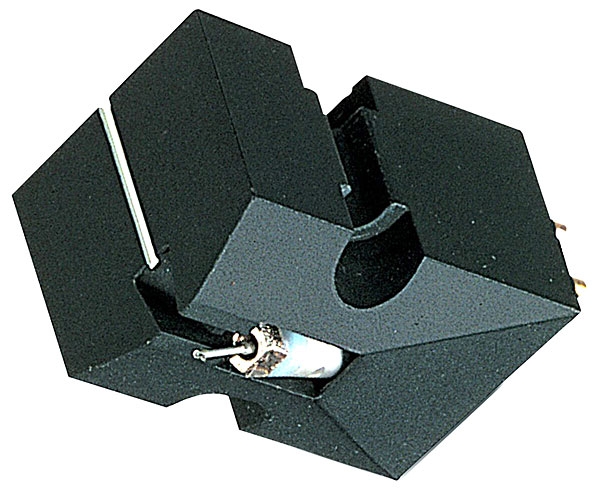Yoshiaki Sugano’s Koetsu cartridges were characterized by his unique combination of skills. He was described as a musician, artist, calligrapher, and even a swordsman. According to legend, his life was a study of his hero, Honami Koetsu, a 17th-century Japanese painter. Sugano san’s Supex cartridges, which were released in the 1970s and put moving coils back on the audiophile map at a time when the world was infatuated with high compliance moving magnets like the Shure V15 IV, showcased all of Sugano san’s talents. It was all the more amazing given that there were few tonearms capable of extracting the best from them at the time, but arguably because of the SD900 Super, SME’s ultra low mass Series III was replaced with a much heavier and more robust device built primarily to track MCs.
When he went into business for himself, he created the Koetsu brand, which was named after his historical hero. It went on to be a huge hit, with the Red Signature being one of the most unique models in the collection. His cartridges sounded unmistakably unique. Classic Koetsus have become collectibles, with only a few appearing on the secondary market. Then, in 2002, the unthinkable happened: Sugano died. However, because to his sons’ efforts, the items were able to continue in small quantities, with a variety of variants.
The Red Signature (£2,395 in the UK when it was first released in 2007) comes in a little wooden box with nothing more than a set of screws. The red inkan (Japanese character signature) etched on the top surface adds to the mystical ownership sensation. Installation is simple — the hardwood body is comfortable to hold and is thoughtfully engineered to make connecting to a headshell a breeze. Setting tracking force is a bit of a mystery due to the lack of documentation, but trial and error got me to the point where it sounded best at 2.0g, with just a smidgeon less bias.
The regular Koetsu Red is a fantastic cartridge; while it lacks the romantic sound of older Koetsus, it is still far more beguiling than anything I’ve heard recently. The Red Signature, maybe unsurprisingly, eliminates the Red’s ‘technical’ flaws in a single stroke. It is certainly superior in many ways, but it retains none of the original Red’s personality. Here we have a moving coil that is nevertheless rather unique in sound. I appreciated the bright, airy, bouncy, and musical sound of a van den Hul Frog (again, a bit cheaper than the KRS) during the last year, but the Red Signature builds on that and adds a lot more.
The Signature jumps directly into the musical action, creating a broad soundstage with a great deal of detail. Indeed, the Signature uses a finer paintbrush and a more diversified pallet of tonal colors than the Red, which uses large and apparently extremely deft brushstrokes. The warm ‘orangey-red’ tonality is still present, but it doesn’t saturate everything with warmth; it accomplishes so much more. Yes, it has a more luxurious sound than the Frog, but the Koetsu’s personality cannot be reduced to a euphonic balance. Rather than making all of the information inside the groove seem like simply another day, it appears to make it seem like a special musical event. It’s clearly more refined than the Red, but it doesn’t lose its fire. It’s more lively, yet it’s not ostentatious. It has a higher resolution than the previous model, but it isn’t merely a better technical performer.
The sound of the piano is beautiful. It sounds more like a concert grand than a Casio keyboard, big, rich, and woody. Beautifully synchronized notes that lilt in space. The image depth is significantly greater than I recall from the basic Red. The sound seems to be less focused on the speakers’ plane and more able to breathe forth and backward. To my ears, the Red Signature isn’t the world’s most expansive sounding moving coil, but it’s totally adequate in this regard. Any recorded acoustic creates the impression of a group of musicians playing as one, rather than a collection of soloists trapped in a single recording booth. It’s a joy to listen to the Koetsu let the music flow with such easily.
Orchestral music swells like waves at sea, ebbing and flowing in dynamic intensity to great effect. Cellos have wonderful body (seemingly with more weight than the basic Red), strings are smooth (and obviously smoother than the Red), but also accurately wiry; orchestral music swells like waves at sea, ebbing and flowing in dynamic intensity to great effect. The Koetsu transforms a series of notes on a musical score into an enthralling emotional experience, with the Red Signature bristling with detail and transparency that rivals anything I’ve heard for the price. In a nutshell, it’s a moving coil cartridge masterpiece. It keeps the original Red’s speed and attack while still preserving its incredibly rich and fruity tonal balance, enhancing its already unrivalled musicianship and adding numerous increments of detail, dynamics, and refinement. This helps to explain why the Koetsu tale endures long after its creator has passed away.







